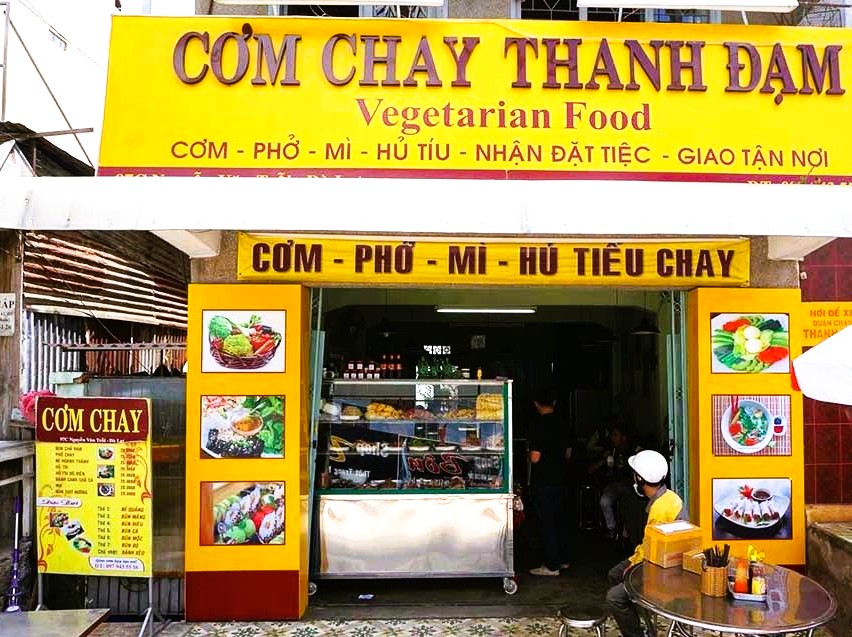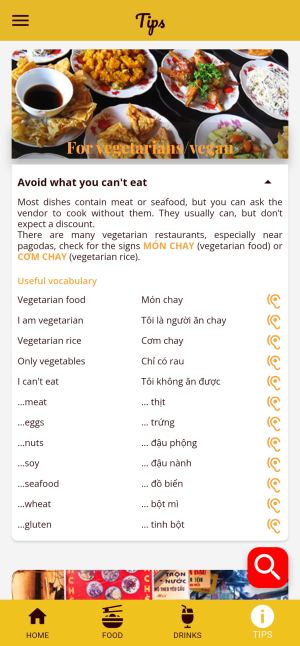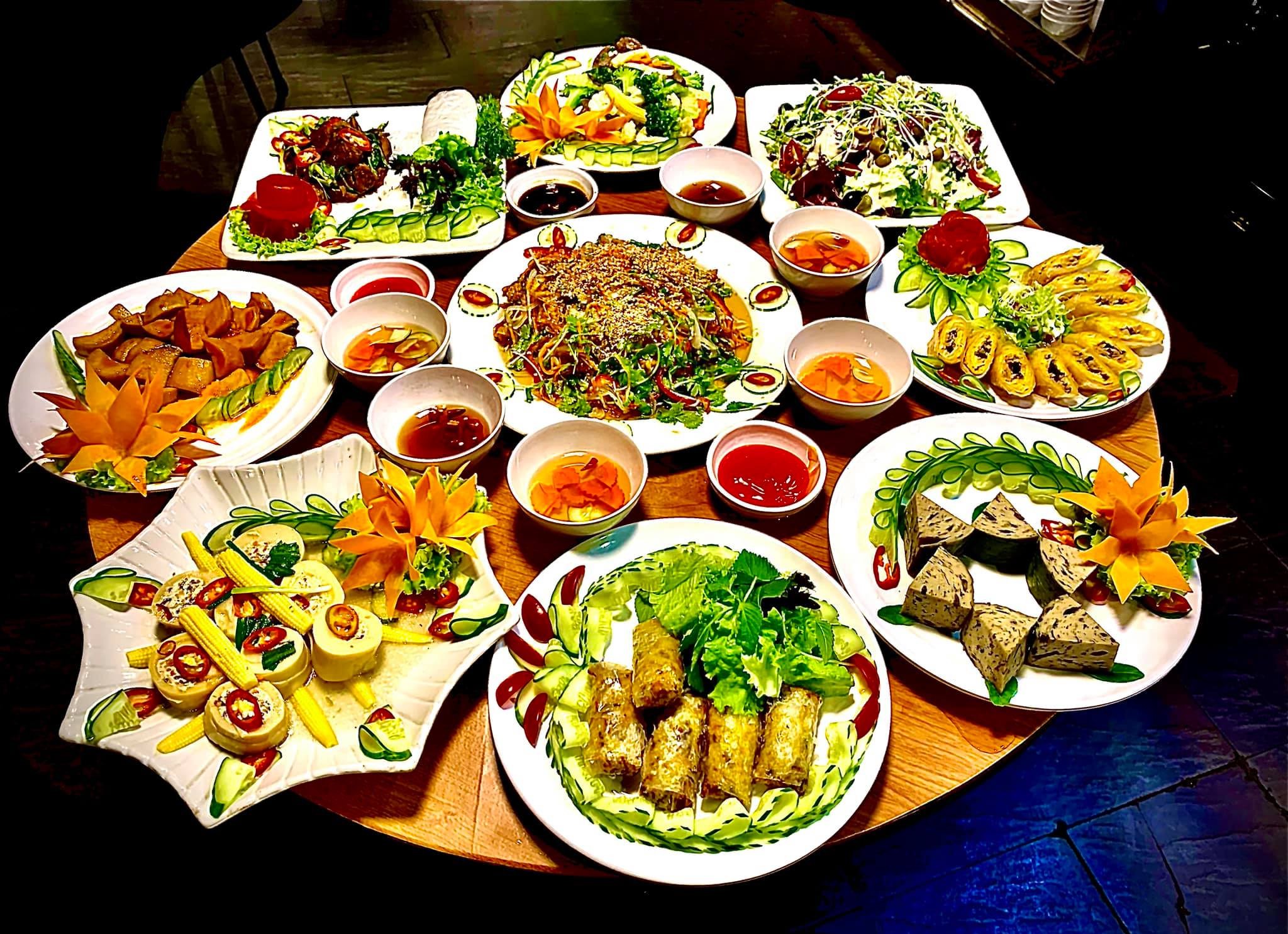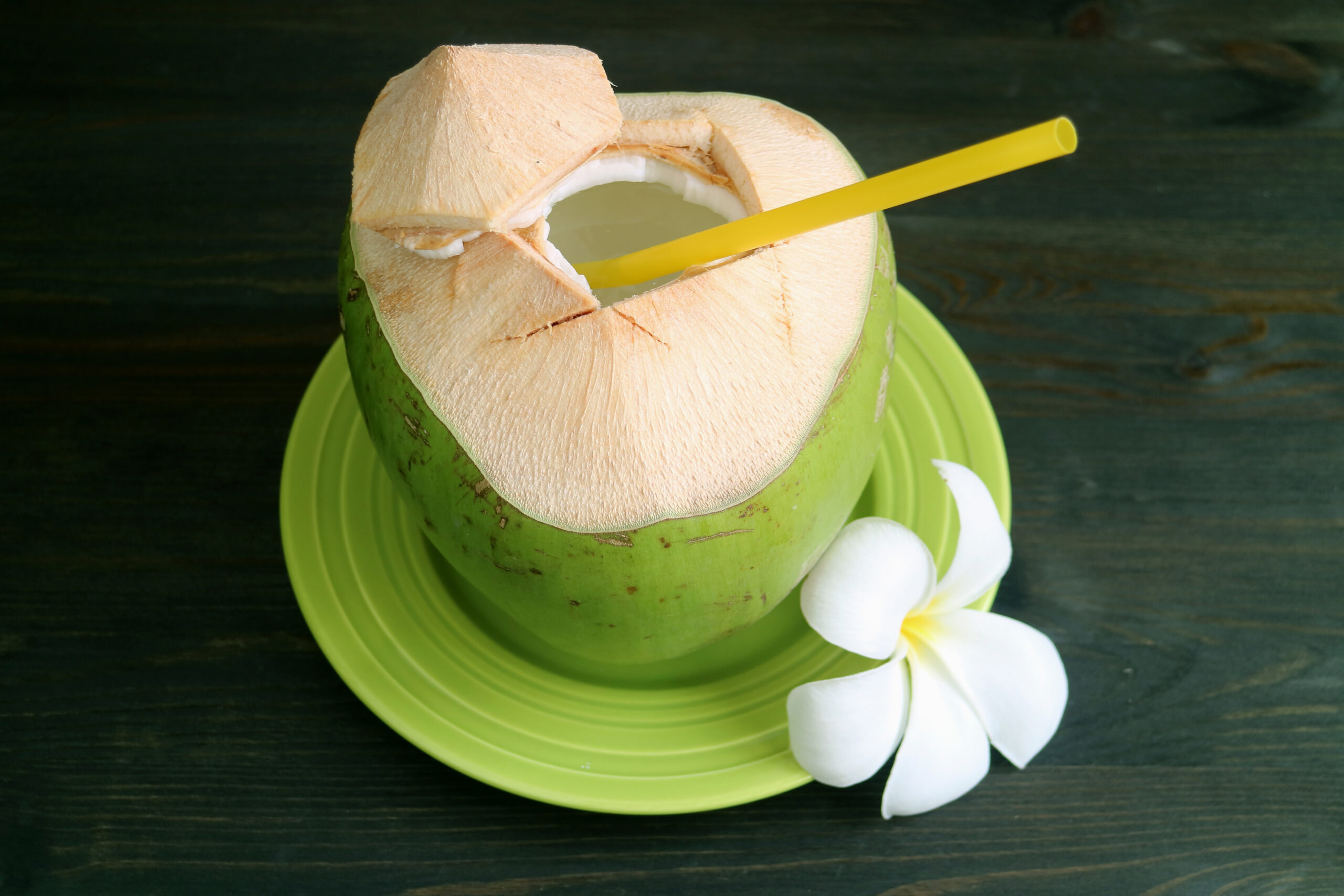Embracing "Cơm Chay": A Guide to Delicious Vegetarian Food in Vietnam
Welcome, or as we say in Vietnam, Chào mừng. If you are exploring the energetic streets and stunning landscapes of Vietnam with your family, you’re in for a treat, especially you enjoy great food!
Vietnamese cuisine is world-famous, full of fresh flavors and incredible variety. If you or someone in your family is vegetarian, you might be wondering how easy it is to find vegetarian options. Good news – Vietnam is a surprisingly wonderful destination for vegetarian eaters! It’s all about knowing what to look for and we will give you the best tips!
While you might find that Vietnamese street food isn’t always advertised as vegetarian, and most traditional dishes feature meat or seafood, there’s a long tradition of vegetarian eating in Vietnam.
The Heart of Vegetarian Eating in Vietnam: Cơm Chay
Look out for restaurants, stalls, or signs that specifically mention Cơm Chay (“rice vegetarian”) or Món Chay (“vegetarian dish”).
Chay essentially means vegetarian or vegan in Vietnamese, particularly in the context of Buddhist dietary practices. Vietnam has a significant Buddhist population, and eating vegetarian is a common practice, especially on certain lunar calendar days.
A confusing aspect is that the menus in these Vietnamese vegetarian restaurants might list dish names that sound just like their meat counterparts – for example, mentioning BÚN THỊT NƯỚNG (Grilled Pork with Vermicelli) or even CƠM GÀ QUAY (Roasted Chicken Rice). Don’t be alarmed! In a Cơm Chay restaurant, this simply means they are offering a vegetarian version of that popular dish. The meat is replaced with plant-based ingredients, traditionally using tofu or various types of mushrooms, and often jackfruit. Jackfruit, in particular, is a fantastic substitute for meat in savory dishes due to its texture and ability to absorb flavors – it’s definitely something to try!

Navigating Menus and Making Requests
While dedicated Cơm Chay places are abundant, especially near religious sites, you might find yourself in a regular restaurant or trying a general eatery. This is where a few simple phrases can be incredibly helpful for your family to enjoy Vietnamese food safely and confidently.
The key word is “chay” (pronounced similar to “chai”). You can use it in several ways:
- “Tôi ăn chay”: This means “I eat vegetarian.” It’s a general statement to let your server know your dietary preference.
- Add “chay” to a dish name: Asking for “Phở Chay” (Vegetarian Pho) or “Bánh Xèo Chay” (Vegetarian Sizzling Pancake) requests the vegetarian version if available.
Specify what you don’t eat:
- Không thịt: No meat.
- Không cá: No fish.
- Không hải sản: No seafood.
- Không trứng: No egg.
- Không sữa: No cow milk.
- Không nước mắm: This is a crucial phrase! Fish sauce (Nước Mắm) is a cornerstone of Vietnamese flavor and is used in many broths, marinades, and dipping sauces. If you want to avoid all animal products, specifying “no fish sauce” is essential outside of dedicated “chay” restaurants.
- Không mắm tôm: No shrimp paste. Less common than fish sauce in many dishes but vital to avoid in certain regional specialties.
While many places are becoming more familiar with vegetarian requests, especially in tourist areas, be aware that sometimes meat broth or a small amount of fish sauce might still be usedunless you are at a purely vegetarian establishment. If you are strictly vegetarian or vegan, seeking out the “chay” restaurants is your safest bet for enjoying authentic Vietnamese vegetarian cuisine.

Where Else to Find Vegetarian Delights
Beyond the dedicated Cơm Chay restaurants, you have other excellent options for finding vegetarian food in Vietnam, particularly in larger cities. Vietnam has a growing number of restaurants serving international cuisines, and some offer reliable vegetarian choices:- Indian Restaurants: Due to the large vegetarian population in India, Indian restaurants in Vietnam almost always have extensive vegetarian menus. You can find delicious curries, lentil dishes, and bread that are completely meat-free. These are often found in areas with a higher concentration of tourists or near places of worship like temples or mosques.
- Muslim Restaurants: Similarly, Muslim (Halal) restaurants often offer clear distinctions between meat and vegetarian dishes, providing another reliable source for vegetarian meals. These might also be located near mosques in Vietnam.
Vegetarian-Friendly Dishes and Drinks to Look For:
Even outside of exclusively vegetarian places, many standard Vietnamese dishes are naturally vegetarian or can be easily adapted. Keep an eye out for these on menus:
- Rau Muống Xào Tỏi: Stir-fried water spinach with garlic. A simple, common, and usually safe vegetarian side dish.
- Dishes featuring Tofu: Tofu (Đậu Hũ) is widely used in Vietnam and appears in many forms, from fried to braised.
- Dishes featuring Mushrooms (Nấm): Mushrooms are another staple in Vietnamese vegetarian food.
- Bắp Xào: Stir-fried corn, often with butter and scallions – frequently a simple, tasty vegetarian snack.
- Canh Chua (Vegetarian Version): While traditionally made with fish, the sweet and sour soup Canh Chua can be wonderfully prepared with vegetables and tofu, offering a light and flavorful option.
- Bánh Xèo (Vegetarian Version): The crispy savory pancake can be made with a filling of mushrooms, bean sprouts, and tofu instead of meat and shrimp.
- Fresh Spring Rolls (GỎI CUỐN) or Fried Spring Rolls (CHẢ GIÒ): Many places offer vegetarian versions filled with tofu, vegetables, and noodles. Always ask for the “chay” version and confirm the dipping sauce is meat/fish-free (often a peanut sauce or soy-based sauce for vegetarian).
- Simple rice dishes with stir-fried vegetables (MÌ XÀO or BÚN GẠO XÀO can also be made with just vegetables and tofu/mushrooms).
- Many delicious desserts (Chè) and fresh fruits are naturally vegetarian and vegan. Look for options like CHÈ BÀ BA (a sweet soup with taro, beans, and tapioca) or a refreshing TRÁI CÂY TÔ (fruit bowl).
- Snacks like KHOAI TÂY CHIÊN (French fries) or BẮP NƯỚNG (grilled corn) can also be safe bets.

When it comes to drinks, many are naturally vegan and refreshing. Besides bottled WATER (NƯỚC SUỐI), look for NƯỚC DỪA (coconut water), fresh SINH TỐ (fruit smoothies), SỮA ĐẬU NÀNH (soy milk), NƯỚC MÍA (sugar cane juice), and various TRÀ TRÁI CÂY (fruit teas) or simply TRÀ ĐÁ (iced tea). Just be mindful that some smoothies might include condensed milk, so if you are vegan, remember to ask for “không sữa đặc“.


